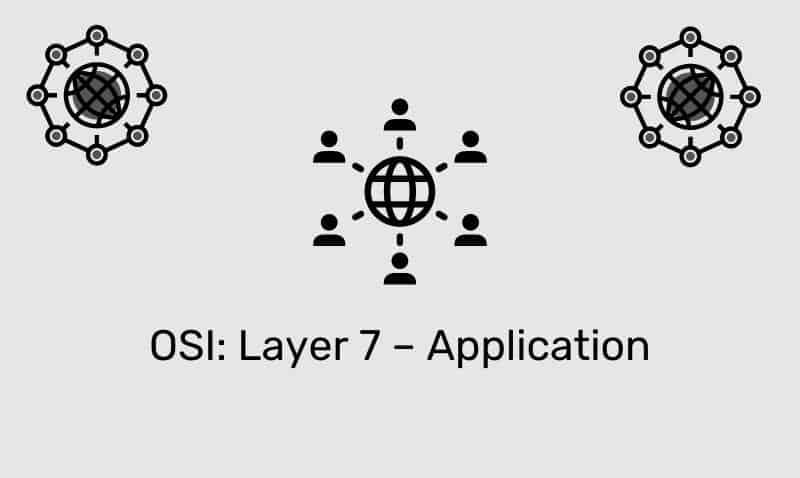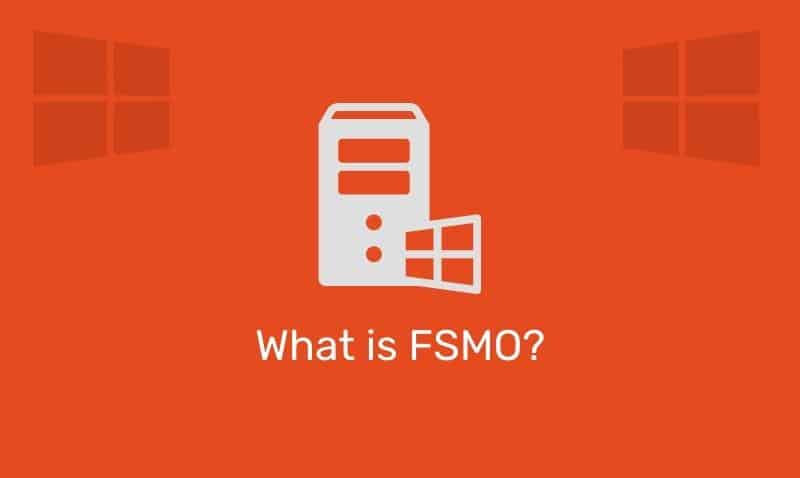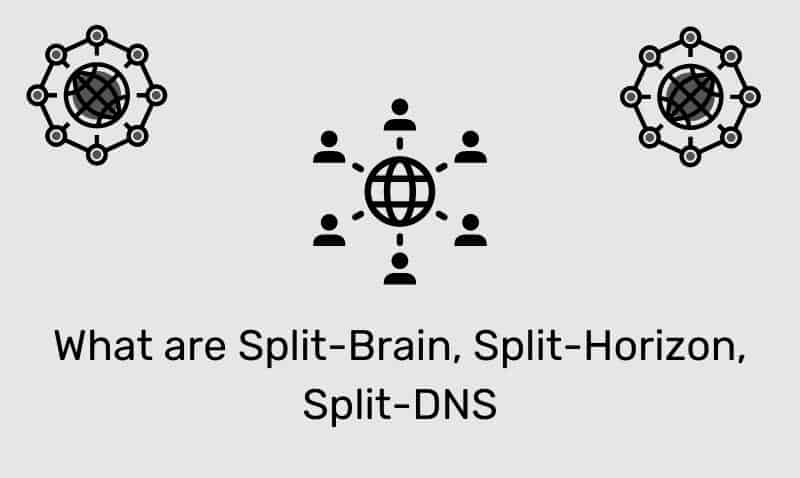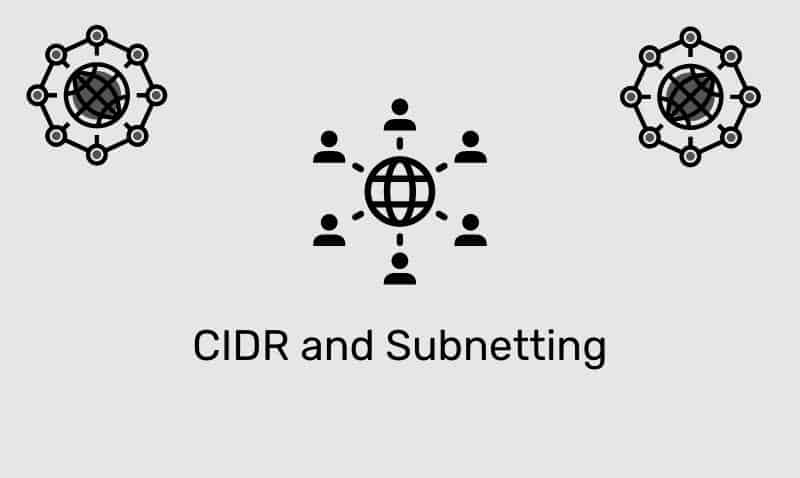In this article, we will take a look at the minimum, recommended, and suggested requirements for installing and maintaining Windows Server 2012. Like previous versions, Microsoft publishes the bare minimum to get the operating system installed.
However, you need to take into account additional factors that will affect the hardware requirements. According to Microsoft, here are the basic minimum requirements for installing Server 2012.
System Requirements
The following sections cover the system requirements for Windows Server 2012. If your computer does not meet the minimum requirements, you will not be able to install this product correctly.
You should note that while the information below may list minimum or suggested requirements, the actual requirements will vary based on your system configuration, installed applications, roles, and features you install on the system.
Processor
The number of processor cores, processor cache, and clock frequency of the CPU(s) will affect the actual requirements of the processor. From a realistic implementation of Windows Server 2012, it is not recommended to configure your server with the minimum requirements.
You should start with the recommended requirement and take note of the applications, roles, features, and other services that will be running on the server. You may need to add multiple cores and/or increase the clock cycles. Microsoft recommends the following specifications for Server 2012:
| Requirement | Processor |
|---|---|
| Minimum | 1.4 GHz 64-bit or faster single-core |
| Minimum | 1.3 GHz 64-bit or faster multi-core |
| Recommended | 3.1 GHz 64-bit or faster multi-core |
Memory (RAM)
The server heavily depends on its RAM. RAM (Random-access memory) is very important for a server to process data. The processors use memory to temporarily store information while the processors are busy processing instructions. The server’s RAM is also used to store data fetched from secondary storage (hard drives).
While 32-bit systems were limited on the amount of memory that can be accessed by the server, 64-bit systems can take advantage of much more memory space. However, this does not mean that the more memory a server has, the better it will perform. How much memory your server requires depends on the applications, services, roles, and features that are running on the server. Here is a list of minimum and recommended memory requirements.
| Requirement | Memory |
|---|---|
| Minimum | 512 MB of RAM to boot for installation |
| Minimum | 2 GB of RAM for installed system |
| Recommended | 8 GB of RAM or more |
While Microsoft claims that 512 MB of RAM is needed to start the installation process of Windows, it is highly recommended that you start with a few GB of RAM.
Storage
The amount of storage your server will need will depend on the data that you plan on storing locally on the server. Microsoft has published that the installation of the server operating system will require a minimum of 32 GB of RAM. However, keep in mind that the amount of memory will increase the storage requirements because of the pagefile.
Even the minimum requirement of 60 GB seems too little when considering that your server may have 16 GB of RAM. This will require approximately 24 GB of pagefile storage. Realistically, you need over 100 GB for the system partition to have enough space to grow, especially when you start to apply updates and service packs. Storage is relatively inexpensive so do not corner yourself by not configuring enough space on the system partition.
| Requirement | Storage |
|---|---|
| Minimum | 32 GB for Installation |
| Minimum | 60 GB for installed system |
| Recommended | 160 GB or more |
Other Requirements
Of course, your server will also need to have other components such as a DVD drive, Network Adapter, Super VGA (800 x 600) or higher-resolution monitor, keyboard, mouse, and network connectivity.











